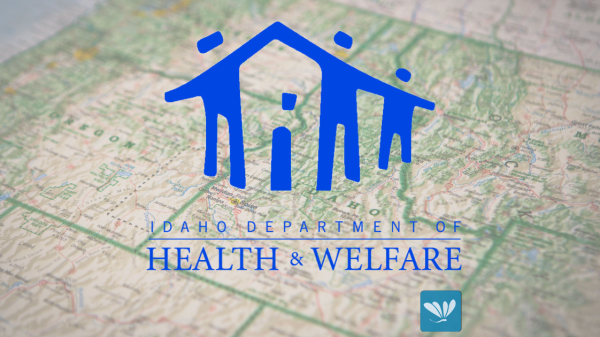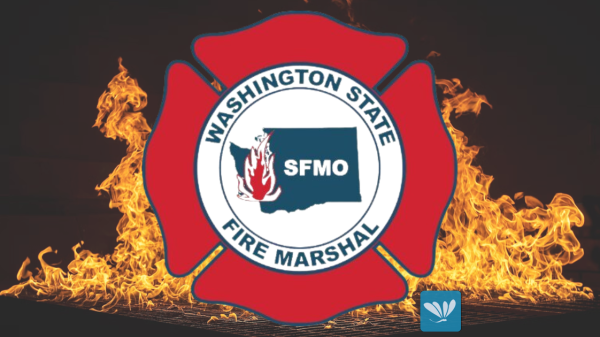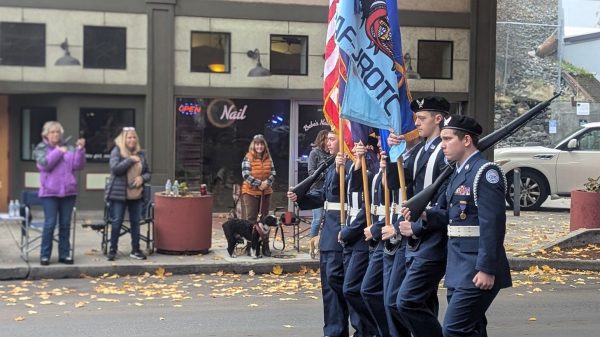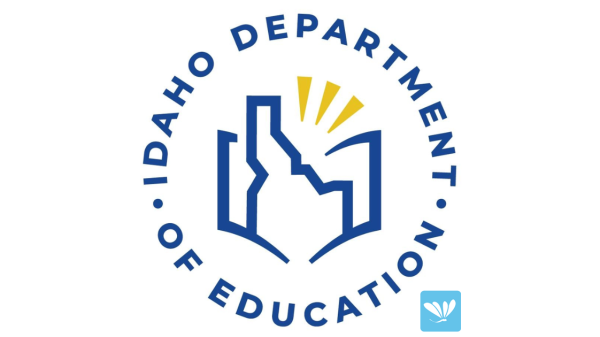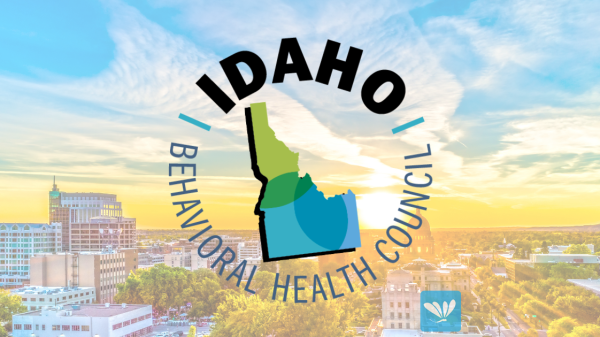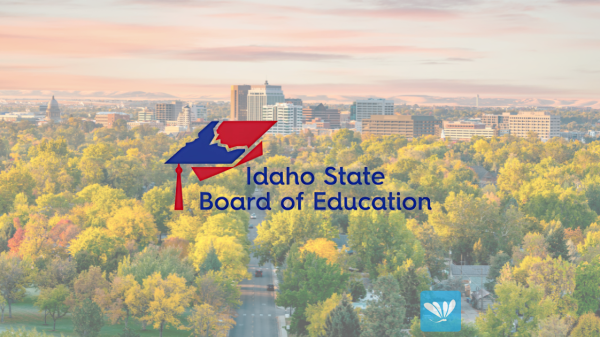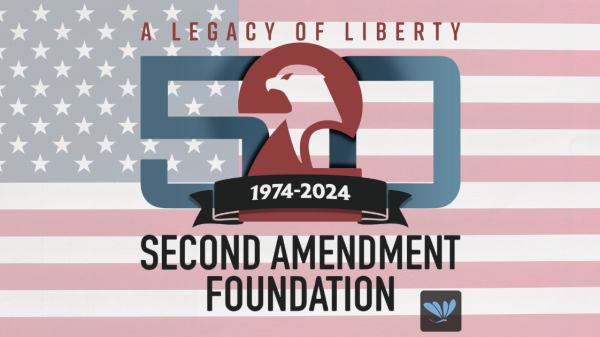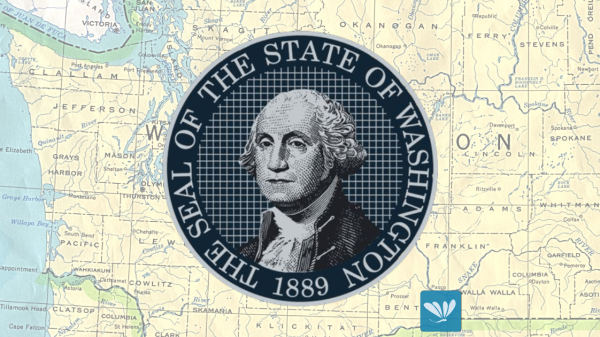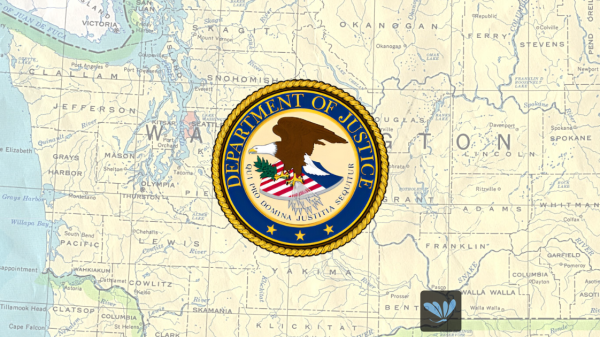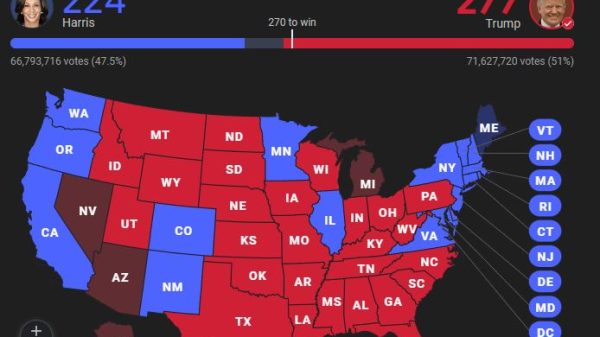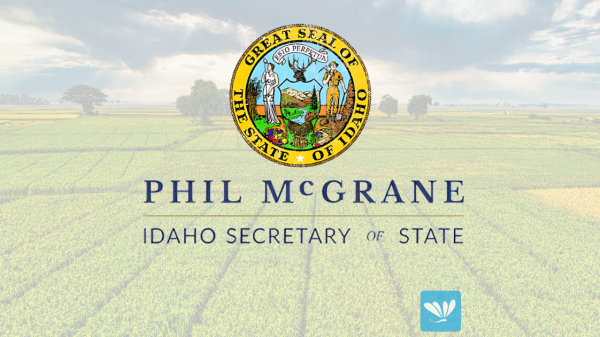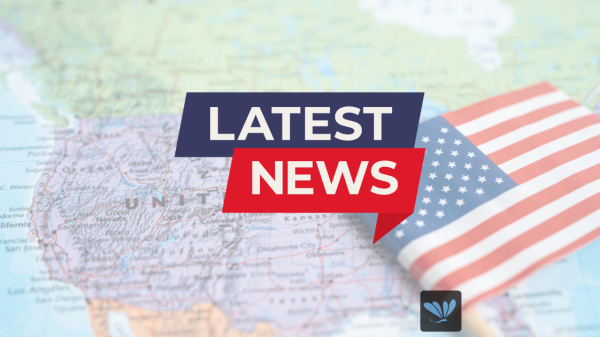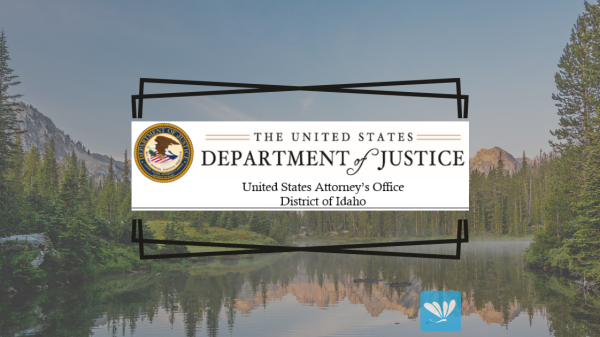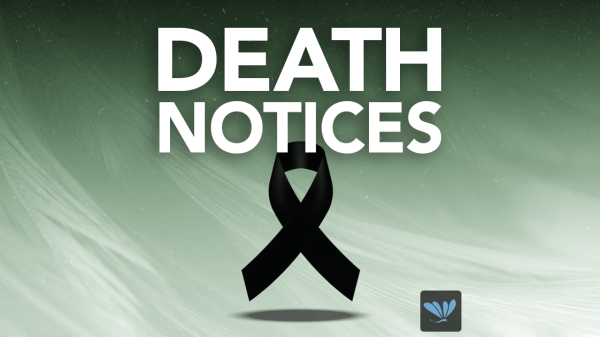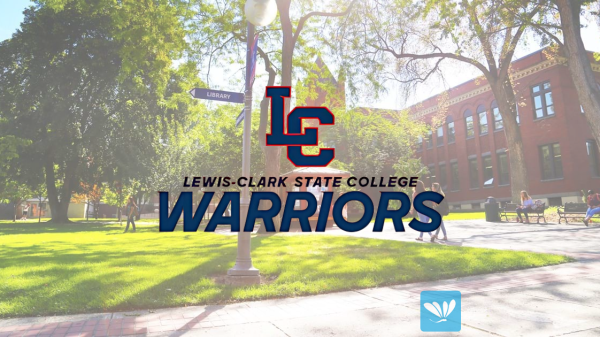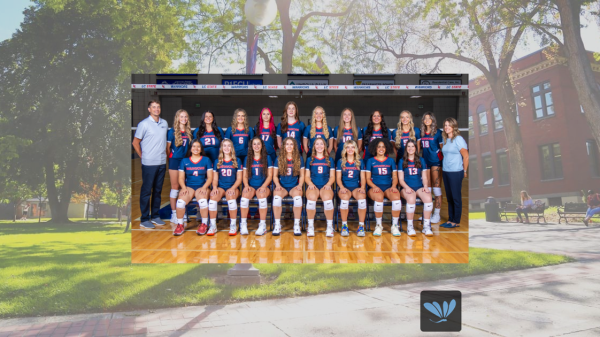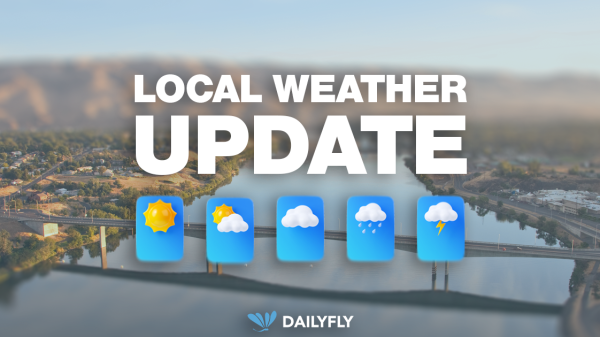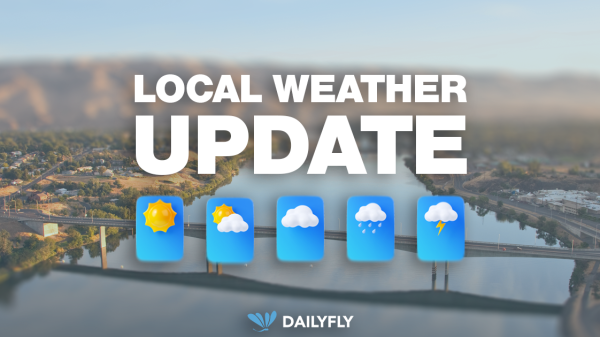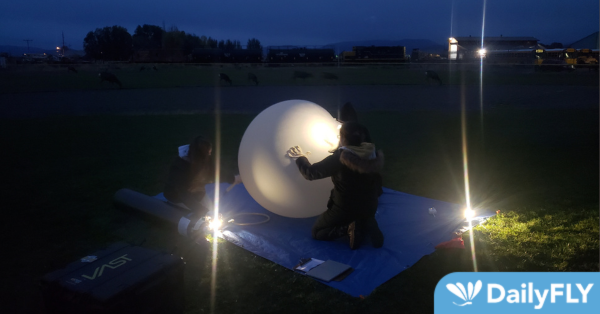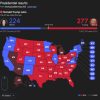MOSCOW, Idaho — April 4, 2024 — The last total eclipse to cross the U.S. until 2044 will occur Monday, April 8, and a team of University of Idaho engineering students is using the event to help NASA gather data needed to improve global weather forecast models and climate change mitigation processes.
For the past year, U of I engineering students have been training teams nationwide as the lead university in the Nationwide Eclipse Ballooning Project (NEBP).
Teams use weather balloons to gather data on atmospheric disturbances produced during eclipse events, including gravity waves that represent a transfer of energy through the atmosphere. For decades, scientists have been tracking gravity waves because of their influence on weather patterns and forecast accuracy.
NEBP teams will be stationed along the path of totality from Texas to Maine, engaging in launches to gather data on these disturbances.
The U of I team is traveling to North Springfield, Pennsylvania, to launch weather balloons Sunday and Monday, April 7-8, and gather data during a 30-hour launch session held during the total solar eclipse.
“Knowing this is the last visible eclipse in the U.S. for the next 20 years, the teams we’ve trained nationwide are crucial to gathering the datasets we need,” said Matthew Bernards, U of I College of Engineering associate professor and co-project lead. “The data will continue to improve long-term weather forecasting capability. Better prediction methods have global impact on agriculture, aviation and the economy.”
Students traveling include graduate student Konstantine Geranios of Spokane, Washington; and undergraduate students Caeley Hodges of McCall; Logan Kearney of Moscow; Ashley Keeley of Mukilteo, Washington; Cole Long of Boise; Chase Long of Boise; Shashwot Niraula of Nepal; and Will Schaal of Coeur d’Alene.








